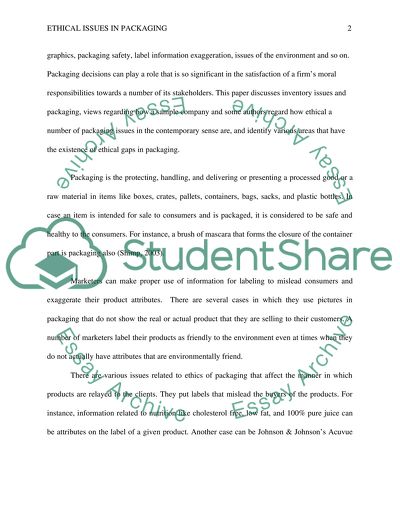Cite this document
(“Ethical issues in packaging practices Research Paper - 3”, n.d.)
Ethical issues in packaging practices Research Paper - 3. Retrieved from https://studentshare.org/environmental-studies/1640818-ethical-issues-in-packaging-practices
Ethical issues in packaging practices Research Paper - 3. Retrieved from https://studentshare.org/environmental-studies/1640818-ethical-issues-in-packaging-practices
(Ethical Issues in Packaging Practices Research Paper - 3)
Ethical Issues in Packaging Practices Research Paper - 3. https://studentshare.org/environmental-studies/1640818-ethical-issues-in-packaging-practices.
Ethical Issues in Packaging Practices Research Paper - 3. https://studentshare.org/environmental-studies/1640818-ethical-issues-in-packaging-practices.
“Ethical Issues in Packaging Practices Research Paper - 3”, n.d. https://studentshare.org/environmental-studies/1640818-ethical-issues-in-packaging-practices.


